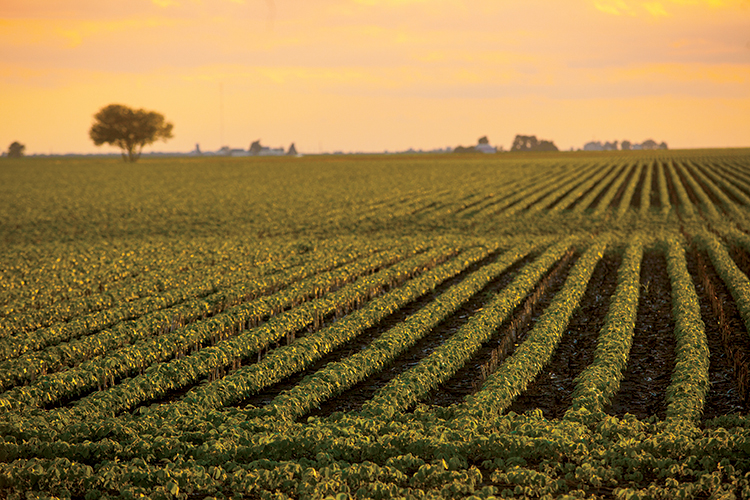
From disease surveillance to pest identification, and from timber production to catfish farming, the use of drones – also called unmanned aerial vehicles or UAVs – could take Alabama agriculture technology to places it has never been.
That’s the assessment of Dr. Brad Fields, director of Emergency Programs for the Alabama Department of Agriculture and Industries.
Gov. Robert Bentley’s Task Force on Unmanned Aerial Systems, chaired by John McMillan, commissioner of agriculture and industries, has a mission to understand the rules, regulations and potential uses of UAVs in time for the anticipated relaxed regulations on “drones” from the Federal Aviation Administration.
The task force spent several months meeting with stakeholders to consider the benefits and concerns in order to develop a statewide plan for using UAVs.
“There’s a multitude of things that we probably never thought about where unmanned aircraft systems are going to play a role,” says Fields, member of a subcommittee on the Task Force on Unmanned Aerial Systems formed in August 2014 .
Some farmers and producers in Alabama are ahead of the curve.
“Private producers and farmers are utilizing UAVs to survey crops, look at cornfields after a windstorm, check for wildlife damage, erosion control, fence line breakages, things like that,” says Fields. “There are a lot of things officially legal under FAA guidelines because it’s their land and they’re staying under 400 feet.”
Once the administration revises regulations, Fields says the use of UAVs in agriculture will, in a word, skyrocket.
“It’s like the tip of an iceberg,” he says. “When the FAA allows other items, we’re going to see a giant spike in the use and research of unmanned aerial systems and applications.”
I have a proposal to scrub the atmosphere of CO2 plant lots of trees make them GMO and super-charged CO2 absorbers
I want do it on dairy farms WHY? after the Civil War farmland was cleared of Old-growth forest by logging
Anwer the following please
1) what part of the land of a typical wI dairy farm is available for trees 1/3? baby trees can’t be grazed
2) Would WI dairy farmers allow migrants to plant trees.
3) Would dairy farmers accept receiving a tree reward
A lot of farms could be saved
4) What would be the preferred way to determine the payment? per tree, per head cattle, per acre
5) would there be enough water for the trees and the corn, and the soybeans